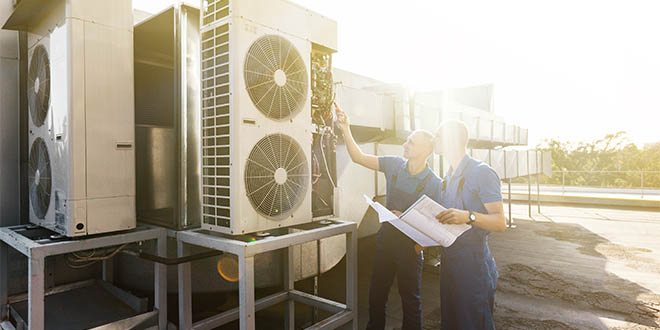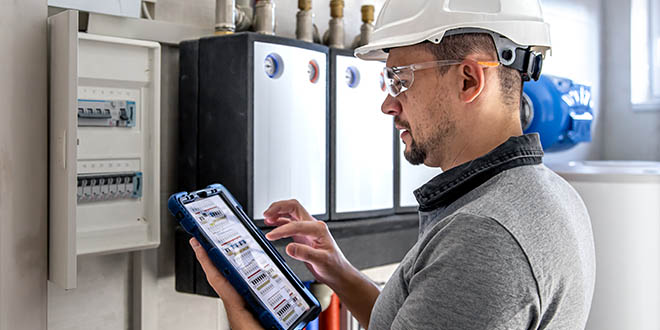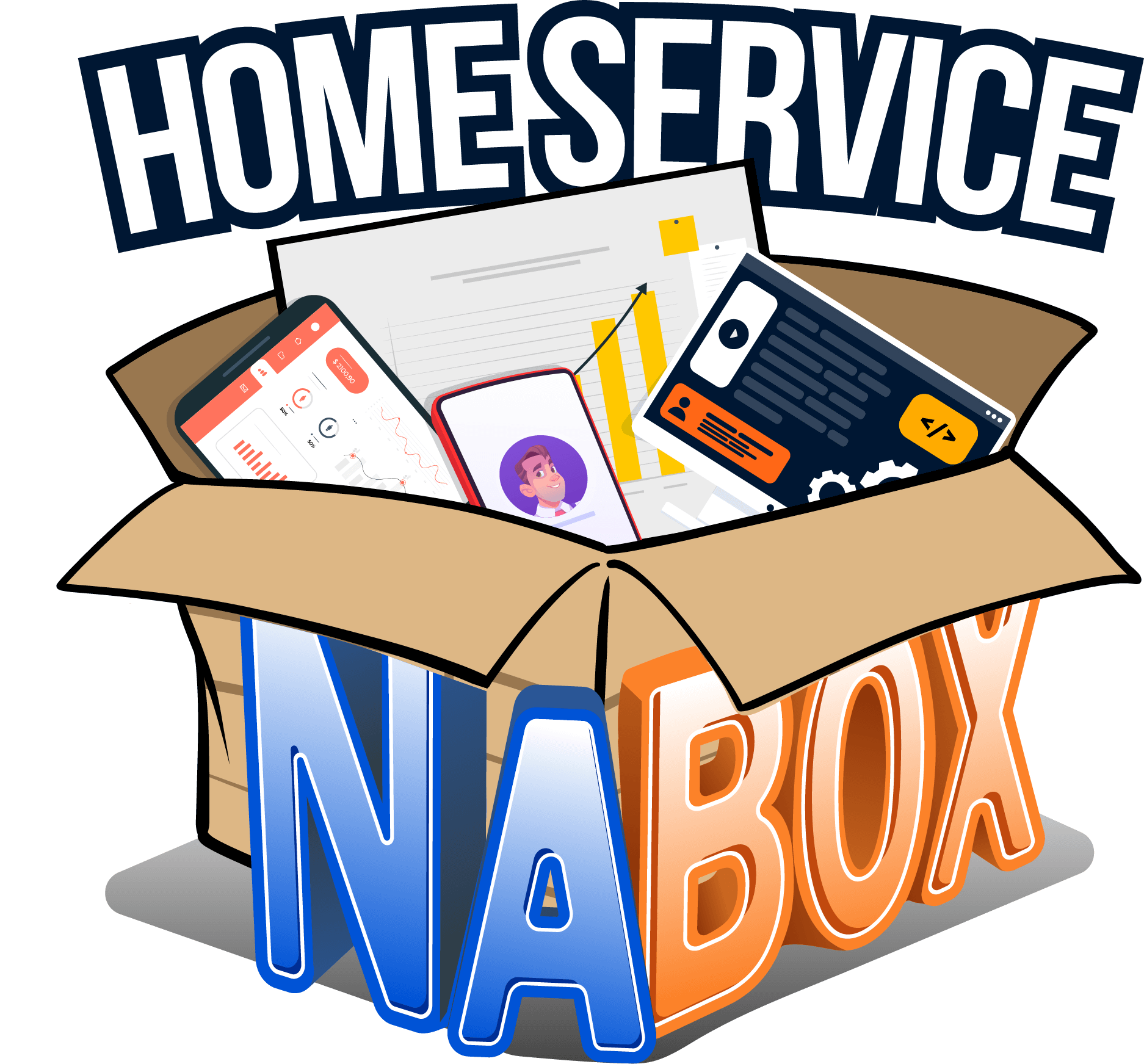
Struggling to convert HVAC leads into sales? Discover expert HVAC sales tips and strategies to enhance your approach, build trust with clients, and significantly boost your closure rates. This guide is crafted for HVAC business owners across the U.S. eager to dominate their market. 🌬️🔥
Mastering the Art of HVAC Sales
In the competitive world of HVAC services, knowing how to effectively close a sale is crucial. Whether you’re dealing with residential customers or commercial contracts, the ability to seal the deal can set your business apart and drive substantial growth. Here’s how you can refine your sales process and ensure you’re not just meeting but exceeding your sales targets.
Understand Your Customer’s Needs 🎯
Understanding your customer’s needs is foundational to a successful HVAC sales process. By truly grasping what drives their decisions and their underlying concerns, you can tailor your solutions to meet their specific demands, thereby increasing the likelihood of your HVAC service technicians closing a sale. Here’s how to deeply understand and respond to your customer’s needs:
Conduct Thorough Assessments
A detailed assessment is the first crucial step toward understanding your customer’s needs:
- Evaluate the Existing System: Begin by examining the current heating or cooling system to understand its age, efficiency, and any problems it might be experiencing. This not only helps in identifying whether a repair or a complete replacement is necessary but also establishes a baseline for what improvements can be offered.
- Consider the Property’s Characteristics: Every home or building has unique characteristics that affect HVAC needs. Evaluate factors such as size, insulation quality, window types, and exposure to sunlight. This comprehensive assessment helps in recommending systems that are perfectly suited to the physical characteristics of the property.
- Environmental Considerations: For many customers, the environmental impact of their HVAC system is becoming increasingly important. Assess how new, more efficient systems can reduce energy usage and carbon footprint, which could be a significant selling point.
Listen Actively
Active listening involves more than hearing your customer’s words—it means understanding their total communication, including unspoken cues and concerns:
- Identify Pain Points: During discussions, pay attention to any pain points the customer expresses, such as high energy bills, specific areas in the home that are difficult to heat or cool, or concerns about old equipment breaking down.
- Ask Probing Questions: Use open-ended questions to encourage customers to express their needs and desires fully. For example, ask what they like least about their current system or what features are most important to them in a new system.
- Reflect and Clarify: Make sure to reflect back what you hear and ask for clarification to ensure no misunderstandings. This not only shows that you are listening and care about their specific needs but also helps you gather as much detail as possible to tailor your recommendations effectively.
Tailor Your Pitch
Once you have a clear understanding of what the customer needs and why they need it, you can tailor your sales pitch to address these specific concerns:
- Customized Solutions: Based on the assessment and listening efforts, propose HVAC solutions that directly address the customer’s concerns. For instance, if high utility costs are a worry, emphasize the energy efficiency and cost-saving aspects of a new system.
- Highlight Benefits: Instead of simply listing features of an HVAC system, focus on the benefits that are most relevant to the customer. If they are concerned about environmental impact, discuss how the latest HVAC models are designed to minimize energy use and use eco-friendly refrigerants.
- Offer Choices: Provide options that allow the customer to feel in control. Different price points, system types, or additional features like smart thermostats can cater to a broad range of needs and help the customer make an informed decision they feel good about.

Educate Your Customers 📘
Educating your customers about HVAC systems is crucial for building trust and helping them make informed decisions. When customers understand the value of the products and services you offer, they’re more likely to commit to a purchase. Here’s how you can effectively educate your customers:
Explain the Benefits
- Energy Efficiency: Explain how newer systems are more energy-efficient compared to older models. Highlight how this efficiency translates to lower utility bills and long-term savings, which can be a significant selling point for cost-conscious consumers.
- Cost Savings Over Time: Discuss the durability and longer life expectancy of new systems, which can reduce the frequency and costs of repairs. Emphasize the return on investment in terms of energy savings and reduced maintenance costs over the life of the system.
- Tax Rebates and Incentives: Inform customers about any local or federal tax rebates and incentives for installing energy-efficient systems. This can significantly lower the initial cost barrier and provide an additional incentive for making an eco-friendly choice.
- Enhanced Comfort: Describe how advanced HVAC systems offer better climate control, improved air quality, and overall increased comfort. Explain features like programmable thermostats and zoned heating and cooling, which allow for customized temperature settings throughout the home.
Use Simple Terms
- Avoid Jargon: Use clear, simple language when explaining HVAC concepts. Avoid technical terms that might confuse someone without a background in HVAC technology.
- Use Analogies and Examples: Make complex ideas more relatable by using analogies or by relating them to everyday experiences. For example, comparing programmable thermostats to using a smartphone app can help demystify the technology.
- Visual Aids: Employ diagrams, infographics, or even apps that visualize how systems work. This can help customers better understand what they’re investing in.
Build Trust Through Transparency 🤝
In high-stakes sales like HVAC systems, trust is everything. Here’s how you can build that trust:
Be Honest
- Clear Pricing: Always be transparent about pricing. Provide detailed, itemized quotes that explain what each charge is for, so there are no surprises later.
- Set Realistic Expectations: Be upfront about what customers can realistically expect from their new HVAC system in terms of performance and maintenance.
Provide References
- Testimonials and Case Studies: Share stories and testimonials from past customers. Real-world examples of your work and its impact can be very persuasive.
- Reference List: Offer to provide contact information for previous customers who are willing to share their experiences. Hearing directly from another satisfied customer can significantly boost a new customer’s confidence.
Offer Tailored Solutions 🔧
Customizing your approach can significantly enhance customer satisfaction and increase the chances of closing a sale.
Customized Recommendations
- Assess Individual Needs: Provide recommendations based on a thorough assessment of the customer’s home or building. Tailor your suggestions to align with the specific challenges and requirements of the space.
- Innovative Options: Stay informed about the latest advancements in HVAC technology to offer the most modern solutions that can address even the most niche customer needs.
Flexible Options
- Variety of Products: Offer a range of products that cater to different budgets and preferences. This variety ensures that you can serve a wider range of customer needs and preferences.
- Financing Solutions: Provide flexible financing options, such as payment plans or partnerships with financial institutions, to make the investment more manageable for customers.

Follow-Up Strategically 📞
Effective follow-up strategies can significantly increase the likelihood of closing a sale. The key is to remain engaged and responsive to customer needs throughout the sales process. Here’s how to make the most of your follow-ups:
Timely Follow-Ups
- Schedule Promptly: Arrange follow-up calls or meetings shortly after the initial interaction while the details are still fresh in both your and your customer’s mind. This demonstrates your commitment to serving their needs.
- Calendar Reminders: Use calendar reminders to ensure no follow-up is missed. Timeliness shows professionalism and keeps the momentum going, which is critical in maintaining customer interest.
Offer Additional Information
- Anticipate Needs: Based on your interactions, anticipate what additional information might help the customer make a decision. Whether it’s more details about energy efficiency, cost savings, or system features, having this information at your fingertips can be crucial.
- Prepare Resources: Create resource packets or digital content that can be easily shared with customers. These might include FAQs, product brochures, or comparison sheets to help them understand the value of your offering.
Utilize Technology 📱
Leveraging technology can streamline the sales process, making it more efficient and interactive. Here are some technological tools that can enhance your sales approach:
Sales Software
- CRM Systems: Utilize Customer Relationship Management (CRM) systems to track all customer interactions, manage customer data, and automate follow-ups. CRMs can remind you when to reach out, track the progress of each deal, and store notes on customer preferences.
- Analytics: Use analytics tools within CRM to identify trends, such as the most frequent questions or common obstacles in the sales process, allowing you to refine your approach continually.
Mobile Presentations
- Tablet Presentations: Arm your sales team with tablets to provide dynamic, interactive presentations to customers. This can include showing detailed system layouts, potential setups, and even simulations of energy savings and benefits.
- Apps and Tools: Utilize apps that allow customers to visualize HVAC system placements within their homes or see a simulation of how different systems operate, enhancing their understanding and engagement.
Close with Confidence 😊
The ability to close confidently is what ultimately converts prospects into customers. Here’s how to effectively close a sale:
Ask for the Sale
- Direct Approach: After you’ve addressed all questions and concerns and outlined the benefits, be forthright and ask if they are ready to move forward. This clear call to action can help nudge undecided customers towards a decision.
- Confidence is Key: Deliver your final pitch confidently, summarizing the key benefits succinctly and asserting how your solution meets their needs perfectly.
Clear Next Steps
- Outline the Process: Clearly explain what the customer should expect next if they decide to proceed. This might include the installation process, payment schedules, and any necessary preparations they need to make.
- Documentation: Provide a clear, detailed contract and ensure they understand all aspects of it. This transparency helps build trust and reduce any last-minute hesitations.
Closing more HVAC sales comes down to understanding customer needs, providing valuable education, building trust through transparency, and following up with a strategic approach. By enhancing these areas, you can not only increase your sales but also improve customer satisfaction and loyalty.

Transform Your HVAC Sales Today! 🌟
Ready to revolutionize how you close deals and accelerate your HVAC business’s growth? Home Service NA Box is your ultimate partner in achieving unparalleled sales success. With our expertise, watch your closure rates soar as you implement cutting-edge sales strategies. Don’t wait to turn potential into profit—contact us now and start transforming your sales approach!
